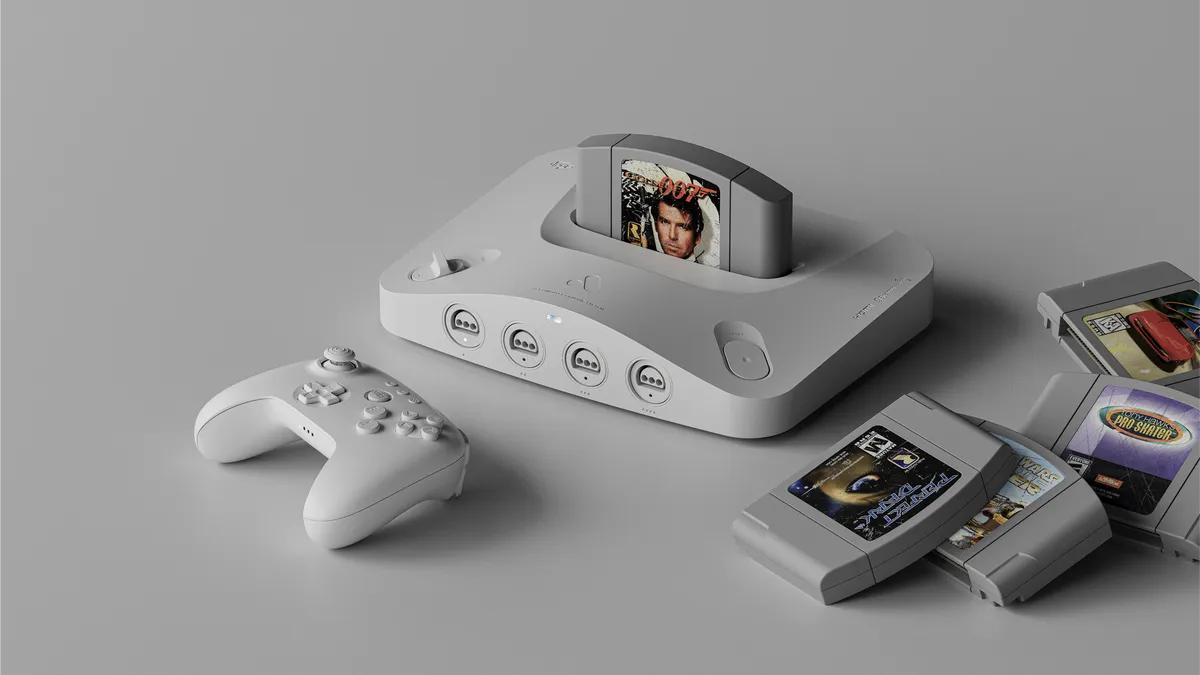Back when I was a kid, my cousin and I would rush home after school, elbows jostling for the player one spot on the old NES. There’s something magical about Nintendo’s hardware lineage; those consoles became more than just machines; they became part of our growing up. From pixel-powered afternoons to Switch-fueled subway rides, Nintendo’s consoles haven’t just changed how we play, but who we play with and why. But with decades of releases, it’s easy to lose track of which console came when, or what made each one special. Let’s take that nostalgic walk together and unravel the legendary lineup; Nintendo consoles in order, playing tour guide through their timeline, quirks, and impact. Whether you’re a retro-game hunter, a lifelong Mario chaser, or someone wondering which Nintendo box came first, you’re right where you belong!

- It has created some of the most iconic franchises in history, including Mario, Zelda, Pokémon, and Metroid.
Nintendo Consoles in Order
Sometimes, just seeing Nintendo’s milestones listed out is eye-opening. The order of Nintendo consoles isn’t just trivial; it’s a window into gaming’s evolution, tech leaps, market shake-ups, and memories made along the way.
1. Introduction: Why Nintendo Console History Matters
You might wonder: why does it matter, the order these consoles dropped? Honestly, Nintendo’s release timeline is like peering into gaming’s wildest science lab; every new console dropped not only a fresh game but a fresh way to think about games. Whether you’re a collector mapping your shelf, a trivia fanatic, or a gamer digging for that next nostalgia hit, the “order” tells the story of risk, reinvention, and, now and then, a happy accident that changed the world.
What’s exciting is that with each jump, 8-bit to 16, 2D to 3D, living room to backpack, Nintendo shaped not just play, but pop culture. Want to know where save files, shoulder buttons, or motion sensors came from? That order, that timeline, is your answer.
2. The Early Days: Nintendo’s First Game Consoles
We start our journey in the 1980s, an era notorious for big hair, arcade cabinets, and the arrival of Nintendo’s first true home console. Sure, there were Color TV-Game units in the ’70s; Nintendo’s true first home consoles, but the Nintendo Entertainment System (NES) in 1983 (Japan: Famicom) was the first globally successful one and the real earthshaker. If you look at Nintendo consoles in order, the NES is the landmark that pulled video games out of the crash and revived living rooms around the world. Duck Hunt, Super Mario Bros., Zelda; so many legendary stars.
Following closely, the Super Nintendo Entertainment System (SNES) landed in 1990/1991, leveling up graphics, sound, and storytelling. People often ask, “Which was Nintendo’s first real home console?” It’s definitely NES, and the SNES layered on top, introducing iconic features like shoulder buttons and a richer palette that transformed platformers and RPGs alike.
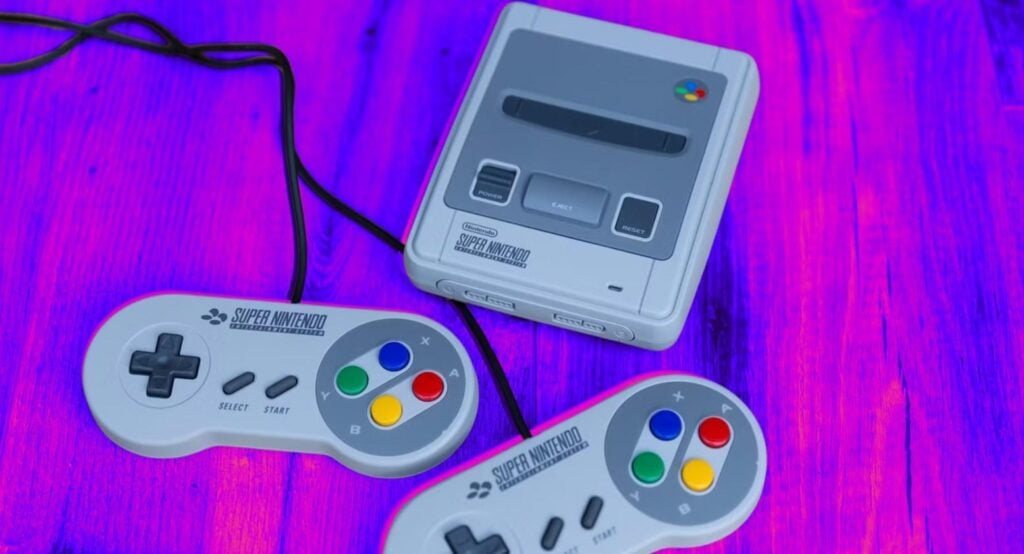
- The SNES remains one of the most beloved and influential consoles in gaming history.
3. Golden Era: Nintendo 64 and GameCube
The ’90s were all about 3D graphics, bigger adventures, and a healthy dose of plastic cartridges. Enter the Nintendo 64 in 1996, Nintendo’s leap into three dimensions. N64 brought analog sticks, four controller ports (sleepover revolution!), and the kind of gaming freedom you feel in Super Mario 64 and Zelda: Ocarina of Time.
“What came after SNES?” Here’s your answer: N64, then not long after, the purple lunchbox wonder; the Nintendo GameCube (2001). GameCube kept things quirky: small discs, a chunky controller, and a massive library of cult classics, even if it was outsold by the PlayStation 2. Was the GameCube a success? Critically, yes; its games are still loved; commercially, it lagged, but time has turned it into a collector’s gem.
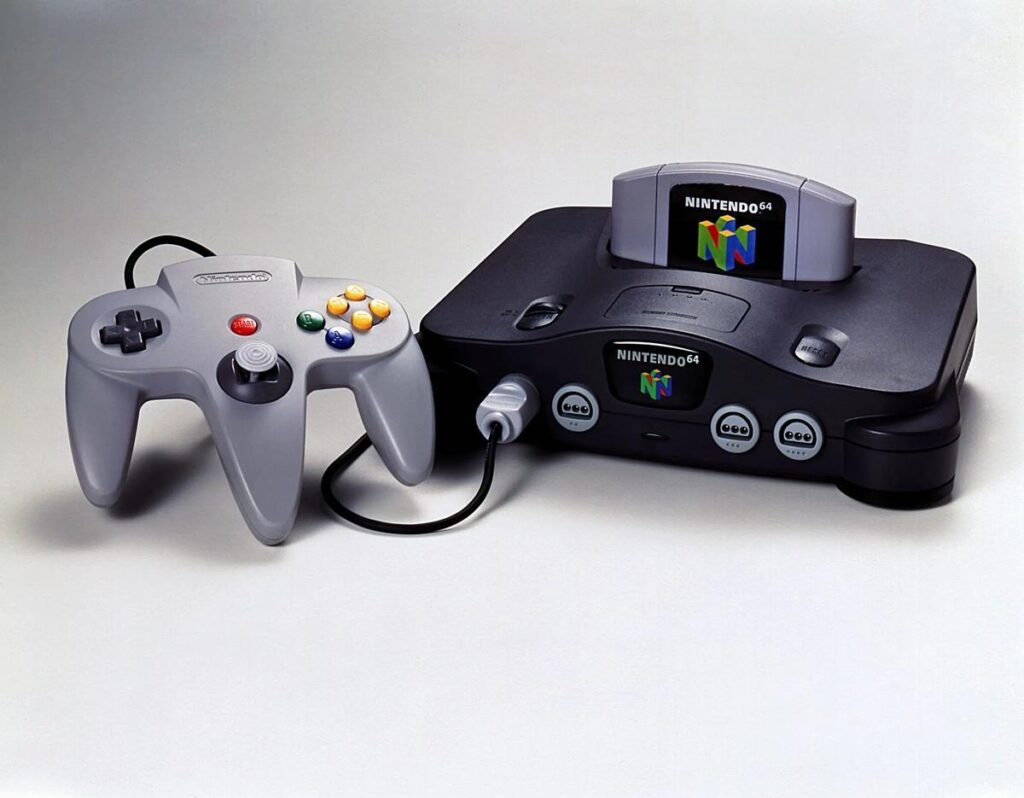
- Despite using cartridges over discs, the N64 left a lasting legacy.
4. The Motion Revolution: Wii and Wii U
The 2000s saw Nintendo shake up the entire world with the Nintendo Wii (2006). When looking at Nintendo consoles in order, the Wii stands out as a groundbreaking shift, motion controls were suddenly everywhere, and we’ve all watched moms, grandparents, or tiny toddlers bowling in Wii Sports. Sales soared beyond anyone’s expectations, moving over 100 million units and swapping the hardcore arms race for living room laughter.
Yet, following up on a blockbuster success isn’t easy. Cue the Wii U (2012). Nintendo aimed for innovation again, now with a touchscreen “GamePad,” but the message got muddled. People kept confusing it for a Wii accessory, and, sadly, third-party games dried up. Why did the Wii succeed and Wii U struggle? Simple: Wii’s magic was in instant fun for everybody, while Wii U’s quirks needed lots of explanation.

- The Wii attracted a wide audience beyond traditional gamers, making it one of the most successful Game Consoles.
5. Nintendo Switch Era and Beyond
Transformation struck again in 2017. The Nintendo Switch blurred home and handheld boundaries, letting you play Zelda: Breath of the Wild on your couch, then snap the console out to keep on adventuring during your commute. “Is the Switch Nintendo’s best-selling console?” Yes, it has officially surpassed both the Wii and the DS family in lifetime sales as of July 2025 and continues to soar.
Why go hybrid? Nintendo realized that giving players a choice, sofa or subway, meant keeping up with modern lifestyles. As for the future? Nintendo has already launched the Switch 2 in 2025, ending years of speculation and ushering in the next hybrid generation.
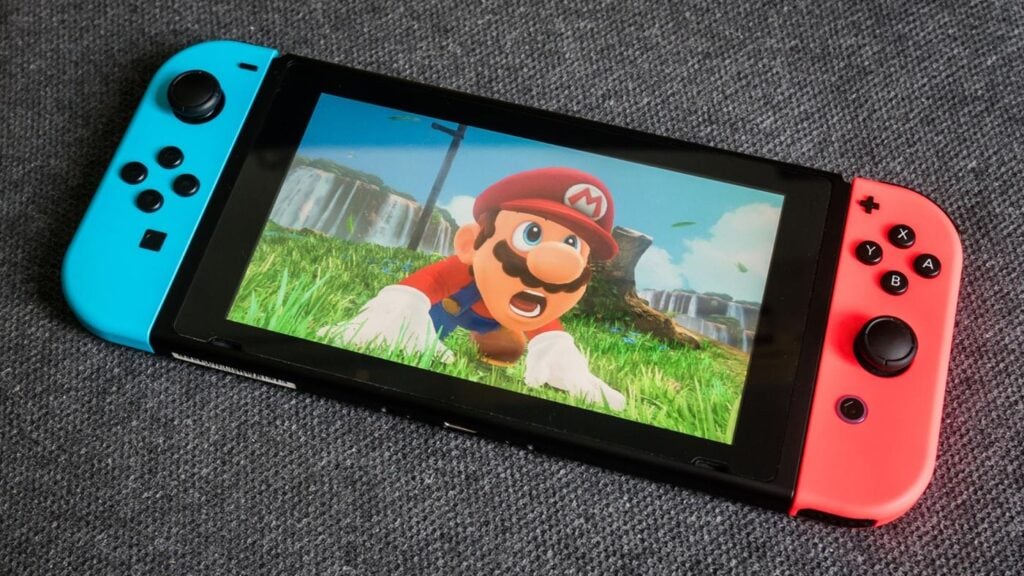
- The Switch is one of Nintendo’s most successful consoles, praised for its versatility and strong game library.
6. Portable Power: Handheld Nintendo Consoles in Order
While home consoles rocked the headlines, Nintendo quietly dominated our backpacks and bus rides. Looking at Nintendo consoles in order, the Game Boy (1989) set the gold standard for portable gaming, digging its heels in for more than a decade. Then came Game Boy Color (1998), Game Boy Advance (2001), and, of course, the Nintendo DS (2004), which out-sold even the mighty Game Boy.
Wondering, “Was the DS more popular than Game Boy?” The answer’s yes; the DS line broke sales records worldwide, thanks to dual screens, touch controls, and iconic games like Brain Age and Pokémon Diamond/Pearl. Nintendo 3DS (2011) marked the peak of Nintendo’s dedicated handheld era with glasses-free 3D and a knockout library, though the Switch Lite later blurred the line between handheld and home console.
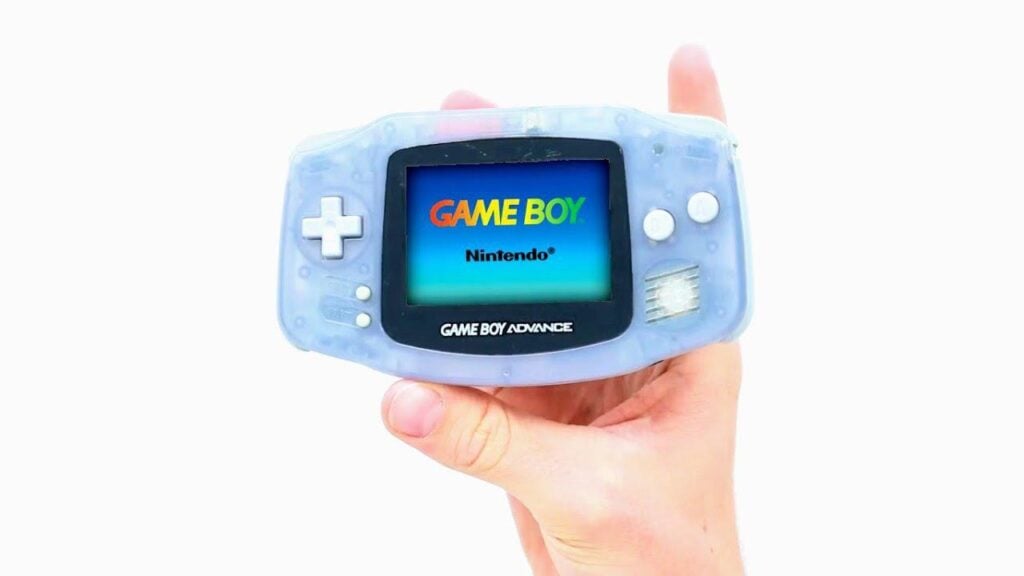
- The GBA solidified Nintendo’s dominance in handheld gaming during the early 2000s.
7. Complete List: Nintendo Home and Handheld Consoles Chronologically
We all love a good list, right? Here’s the definitive, year-by-year rundown of Nintendo’s consoles, including both home and handheld legends:
Home Consoles:
- Nintendo Entertainment System (NES) – 1983 (Famicom, Japan) / 1985 (NES, USA)
- Super Nintendo Entertainment System (SNES) – 1990 (Super Famicom, Japan) / 1991 (SNES, USA)
- Nintendo 64 – 1996
- Nintendo GameCube – 2001
- Nintendo Wii – 2006
- Nintendo Wii U – 2012
- Nintendo Switch – 2017
Handheld Consoles:
- Game Boy – 1989
- Game Boy Color – 1998
- Game Boy Advance – 2001
- Nintendo DS – 2004
- Nintendo 3DS – 2011
You might stumble into rare systems like the Virtual Boy (1995) or Game Boy Micro (2005), a smaller variant of the Game Boy Advance. While not hits, they still left curious footprints in Nintendo history when looking at Nintendo consoles in order!
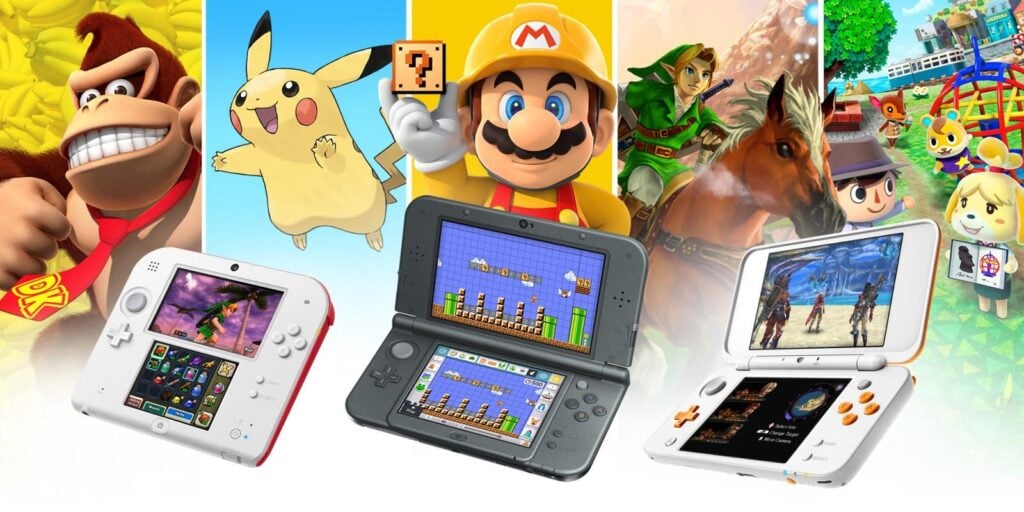
- The Nintendo 3DS, released in 2011, built on the DS’s success by adding glasses-free 3D visuals and a deeper lineup of games.
8. Trends, Innovations, and Lasting Impact
With each leap, Nintendo ignored industry trends and forged its own weird, wonderful path. Why reinvent the wheel? Because sometimes the old wheel just isn’t fun enough! Analog sticks, rumble, touchscreens, wireless linking; Nintendo bet on “fun first” more than raw horsepower. That led to wild swings; massive hits like Wii or Switch, oddballs like Virtual Boy, and beloved “failures” like the GameCube.
Their biggest hit? Likely the Nintendo DS or Switch (depending on how you count). Their biggest flop, hardware-wise? That’s probably Virtual Boy, but even that’s loved by diehards who cherish Nintendo’s adventurous spirit.
9. Final Word: Where Does Nintendo Go From Here?
As we close our little tour, you can’t help but root for Nintendo to keep zigging where others zag. Will Nintendo ever stop innovating? With their track record, probably not! What matters most to you? Maybe it’s the NES that brought your family together, or the Switch that travels with you everywhere. Whichever console you cherish, one thing’s certain: Nintendo’s gift to us isn’t just new technology, but new ways to play, dream, and make memories; one controller at a time. So, what’s your Nintendo story? Which console in the Nintendo consoles in order shaped your adventure? We’d love to hear where you started, or where you hope to go next on the Nintendo timeline!
Learn about the inside out of video games world and industry via Gamerative.
FAQs
1. Did Nintendo ever release consoles only in Japan that the West never saw?
Yes! While most major systems made it worldwide, quirky consoles like the original Color TV-Game and certain special-edition Famicom models were exclusive to Japan.
2. Can you still connect old Nintendo consoles to modern TVs?
Some consoles (like the SNES or N64) need adapters or retro enthusiast gear to hook up to today’s flat screens, but it’s possible, and retro game stores are happy to help.
3. Were there significant tech leaps between each console generation?
Absolutely. Every generation brought big leaps: 16-bit graphics, 3D worlds, motion controls, cross-play portability, and touchscreens, pushing not just Nintendo but the industry forward.
4. Is collecting every Nintendo console a realistic goal for fans today?
For determined collectors, yes, though older systems like the Virtual Boy or a mint GameCube can get pricey. Most fans start with NES or Game Boy classics and work their way up!

